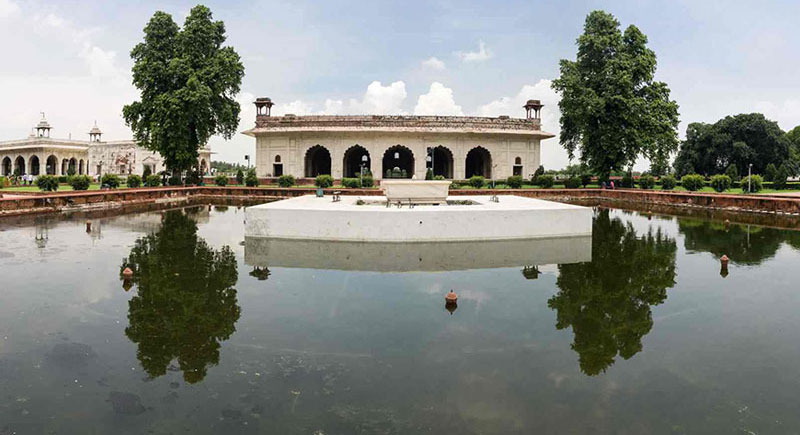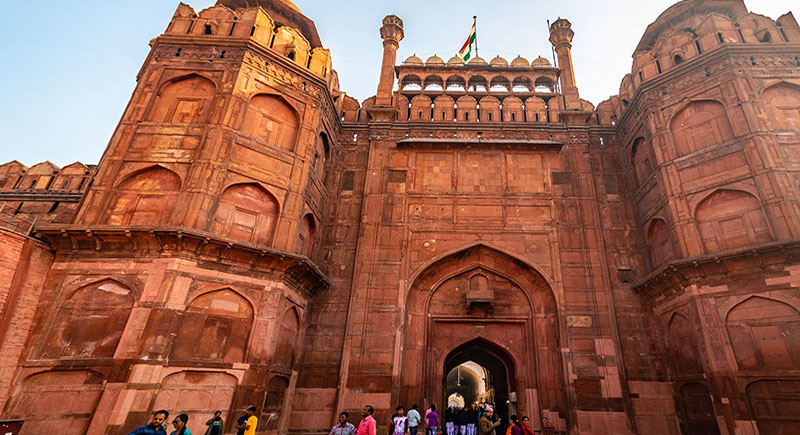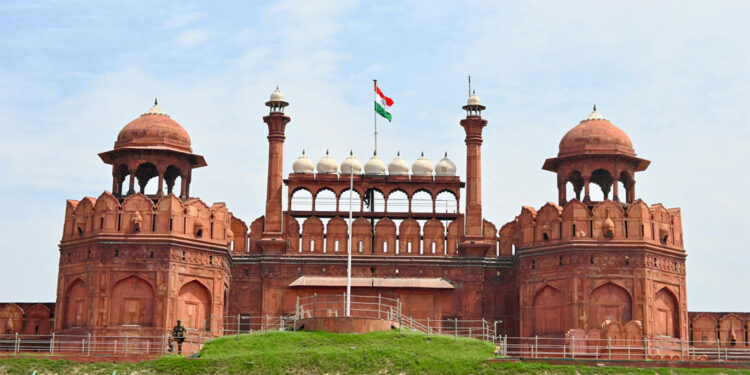There are many must-visit places in Delhi; Red Ford is one of them. Red Ford in New Delhi People who love learning from history and culture.
Red Ford is a must-visit place. This historic memorial is located in the Central Zone of India’s capital, New Delhi, and houses several museums. Built by Mughal Emperor Shah Jahan in 1648, the palace is now a UNESCO World Heritage Site and a center of attraction for national and international tourists. Its walls are built of red sandstones, so the name is derived.
Reaching Red Fort is fine. You can get it directly from the Airport, Railway Station, or bus Station by taking a city bus, taxi, or auto rickshaw. Metro Rail is the quickest and cheapest way to reach it from any part of Delhi / New Delhi. Tourists can bring Cameras.
- Distance from the Airport: 24 Km
- List ItemNearest Metro Station: Chandni Chowk
- Timings: Sunrise to Sunset
- Closed On: Monday
- Entry Fee: Rs. 10 (Indians), Rs. 250 (Foreigners)
- Photography: Nil (Rs. 25 for video filming)
- Sound & Light Shows: 6 pm onwards in English and Hindi
- Admission Details for Sound and Light Show: Rs. 80 (Adults), Rs. 30 (Children)
- Duration: 1-3 Hours
The Red Fort was White
The Real Name of the Fort
It Took Ten Years to Build the Red Fort
The Kohinoor Diamond Once Adorned the Furnishings of the Red Fort
Rang Mahal in Red Fort

The Main Entrance of the Fort - Lahore Gate



















